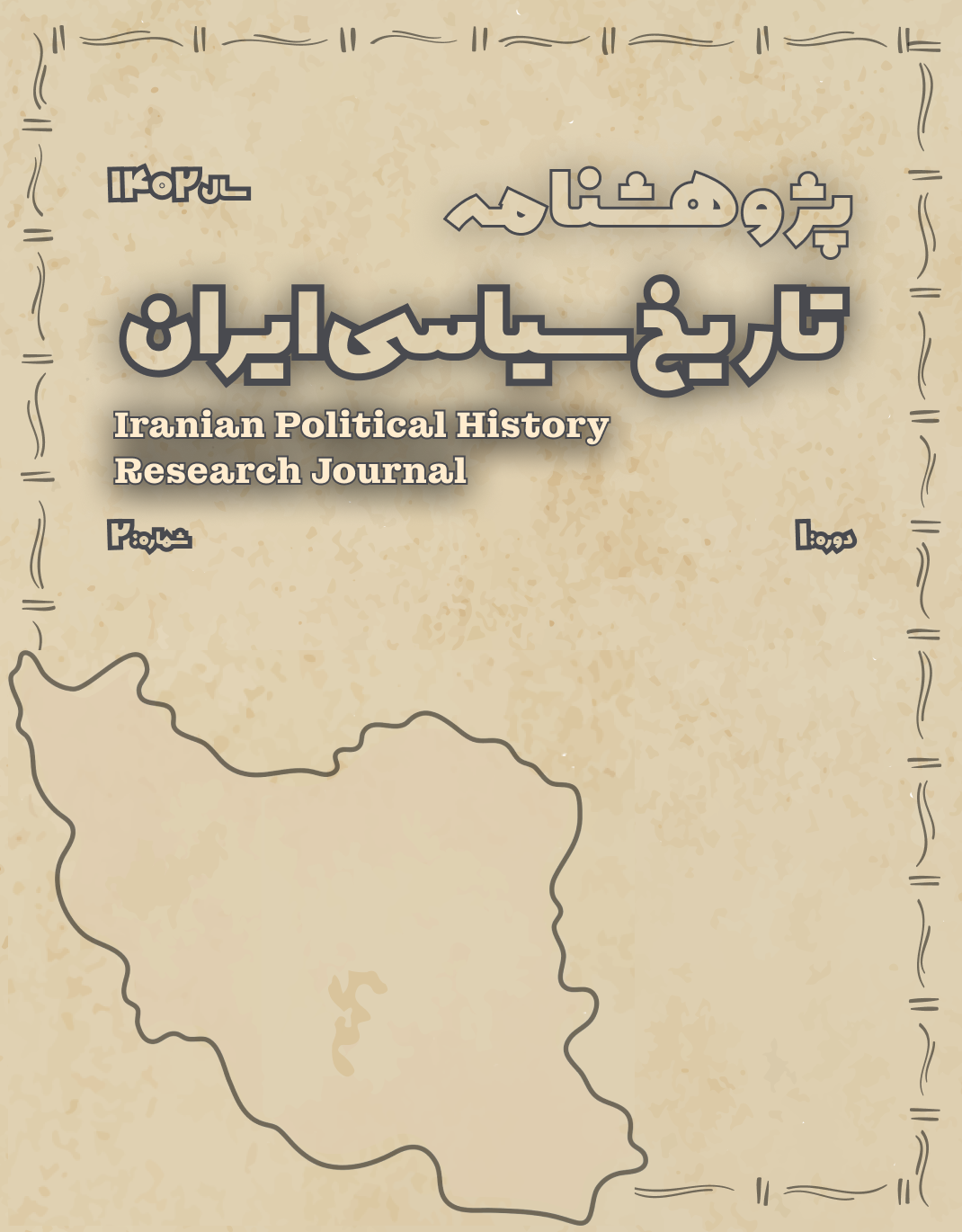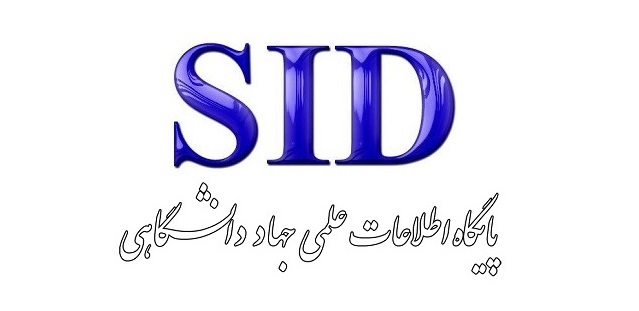The History of Consultative Institutions in Iran: From the Divan-e Homayoun to the Islamic Consultative Assembly
Keywords:
National security discourse, Islamic Republic of Iran, critical discourse analysis, othering, subject formation, enemy, soft threatAbstract
This article aims to analyze the discourse of national security in the official statements and speeches of the Islamic Republic of Iran since the 1979 revolution. Adopting a qualitative approach based on Critical Discourse Analysis (CDA), the study draws on the theoretical frameworks of Norman Fairclough, Teun van Dijk, and Laclau and Mouffe. The data comprises a selection of political speeches, declarations, and official messages delivered by Iran's top authorities between 1979 and 2023. The findings reveal that the national security discourse in post-revolutionary Iran has consistently centered on key floating signifiers such as "enemy," "infiltration," "resistance," "soft threats," "cultural security," and "economic security." These signifiers have undergone semantic shifts across different decades, yet the underlying discourse structure has remained anchored in processes of othering, subject formation, and the pervasive use of war metaphors to construct threats and maintain ideological order. Domestically, this discourse has contributed to a securitized perspective on culture, media, and economics, while in foreign policy, it has reinforced themes of resistance, anti-Westernism, and sovereignty. The article also highlights the continuity and transformation of the national security narrative, showing how it functions not only as a reaction to threats but also as a mechanism for identity production, legitimization of authority, and management of dissent. The study concludes by noting its analytical limitations and offering recommendations for future research to explore unofficial and popular dimensions of national security discourse.
Downloads
References
Baldwin, D. A. (1997). The concept of security. Review of International Studies, 23(1), 5–26.
Booth, K. (2007). Theory of World Security. Cambridge University Press.
Buzan, B., Wæver, O., & de Wilde, J. (1998). Security: A New Framework for Analysis. Lynne Rienner Publishers.
Fairclough, N. (2003). Analyzing Discourse: Textual Analysis for Social Research. Routledge.
Foucault, M. (2008). The Birth of Biopolitics: Lectures at the Collège de France, 1978–1979 (G. Burchell, Trans.). Palgrave Macmillan.
Huysmans, J. (2006). The Politics of Insecurity: Fear, Migration and Asylum in the EU. Routledge.
Krause, K., & Williams, M. C. (1997). Critical Security Studies: Concepts and Cases. University of Minnesota Press.
van Dijk, T. A. (1998). Ideology: A Multidisciplinary Approach. Sage Publications.









